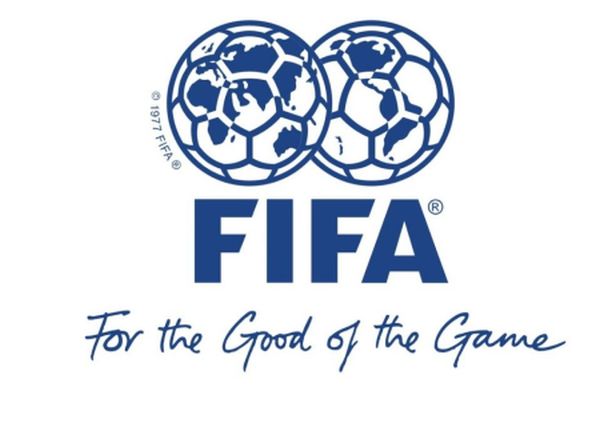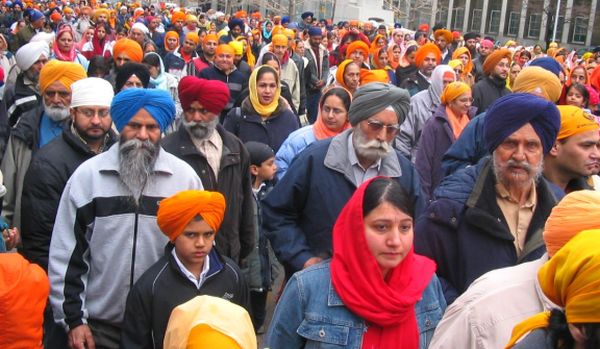There was no definite law against wearing hijabs on football field, until 2007 when FIFA declared that wearing them could cause injuries or damage to neck or head. Women footballers, being highly disappointed by the rule raised objections against the authorities that led to several trials by Asian Football Confederation (AFC).

In 2012, Fédération Internationale de Football Association (FIFA) approved the use of turbans, hijabs and kippots on the field. However, it was just a provisional permission. The International Football Association Board (IFAB) handed over the task of verification to AFC, which has since then testing the use of head covers on the soccer field. On March 1, 2014, IFAB officially lifted the ban on head covers, allowing Islamic women and Sikh people to wear hijabs and turbans while playing the match.
FIFA’s medical committee tested two prototypes of specially designed headwear. The headwear is sport-specific and features a custom-made magnetic system that helps in removing headscarf instantly, when dragged from neck region.

The scarf is definitely an achievement in the world of sports, as religion-stuck people will now be able to play soccer without breaking any laws. Nevertheless, FIFA insists that the color theme and style of scarf should counterpart the official dress of team.
Iran and other Islamic countries opposed the decision of FIFA in 2007, against the use of hijab while playing soccer. Iran was ready to sue the association. However, approval of such headwear by authorities certainly relieved Muslim female footballers.
Arab Kingdom of Jordan is going to host the FIFA U-17 Women’s World Cup in 2016 and women will now be able to play freely, while also wearing hijabs to respect their religion. The decision will definitely promote women’s soccer and will turn football into a global sport.

Many people consider football as a religion, FIFA’s decision of lifting ban on headwear will certainly make the sport even more popular at an international level. Women or men, who were religiously bound to play soccer internationally can now play it without shill-shall. Muslim and Sikh communities form a majority of population globally, hence were the prime sufferers of FIFA’s law against headwear.
Nevertheless, introduction of magnetic headwear and enactment of various new acts allows these communities to play with pleasure. It is a concrete step towards supporting women’s football and uniting the world in true sense.


